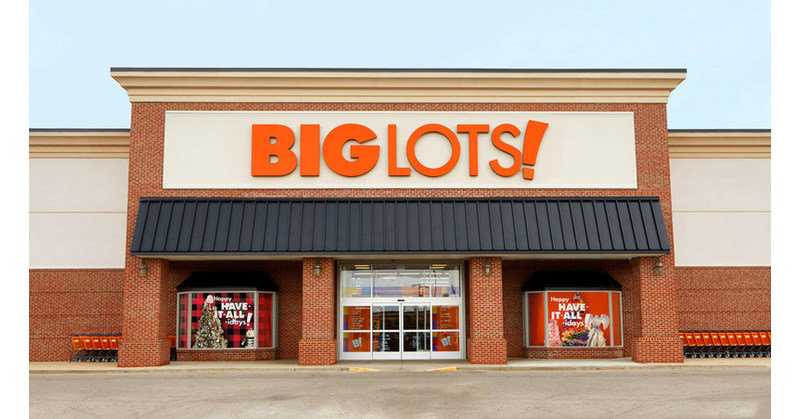
Big Lots reported a significant loss per share of -6.99, missing analyst expectations.
The company’s revenue of $1.01 billion fell short of the forecasted $1.04 billion, indicating a challenging quarter.
Despite financial hurdles, Big Lots is implementing measures to drive comparable sales growth and improve gross margin rates.
On Thursday, June 6, 2024, before the market opened, Big Lots’ reported an earnings per share (EPS) of approximately -6.99, which was below the estimated -4.23. The company’s revenue reached nearly $1.01 billion, falling short of the expected $1.04 billion. Big Lots, a discount home-essentials retailer based in Columbus, Ohio, is known for offering a wide range of products at discounted prices. This performance indicates a challenging quarter for BIG, as it missed both earnings and revenue expectations set by analysts.
The reported loss of $6.99 per share is a significant drop from the previous year’s loss of $3.40 per share, highlighting a worsening financial situation for Big Lots. The company’s stock price also experienced a 7% decline in premarket trading following the announcement. This decline reflects investors’ reactions to the larger-than-expected loss and the company’s struggle to meet financial expectations. The reported net loss of $205 million for the quarter ending May 4, although slightly less than the previous year’s loss, still underscores the economic pressures facing consumers and their hesitancy to purchase big-ticket items.
Despite these challenges, Big Lots is implementing aggressive measures aimed at driving comparable sales growth later in the year and into 2025. The company’s focus on maintaining improvements in gross margin rates year-over-year demonstrates a strategic approach to managing its financial health. These efforts are crucial for Big Lots as it navigates a competitive retail landscape and works to turn around its financial performance.
Financial metrics such as the price-to-sales ratio (TTM) of approximately 0.018 and the enterprise value-to-sales ratio (TTM) of 0.525 indicate that BIG’s shares are trading at a relatively low multiple of its sales, suggesting a valuation that might attract investors looking for undervalued opportunities. However, the negative price-to-earnings ratio (TTM) of -0.176 and a debt-to-equity ratio (TTM) of about 9.95 highlight the company’s current lack of profitability and significant level of debt relative to its equity. These financial indicators, combined with a current ratio (TTM) of 1.39, provide a mixed picture of Big Lots’ financial health and its ability to meet short-term obligations.
In summary, Big Lots faces significant challenges, as evidenced by its latest quarterly report, which showed a larger-than-expected loss and a decline in revenue. The company’s strategic focus on driving sales growth and improving gross margins, alongside its financial metrics, will be critical in its efforts to stabilize and grow in the competitive retail sector.

